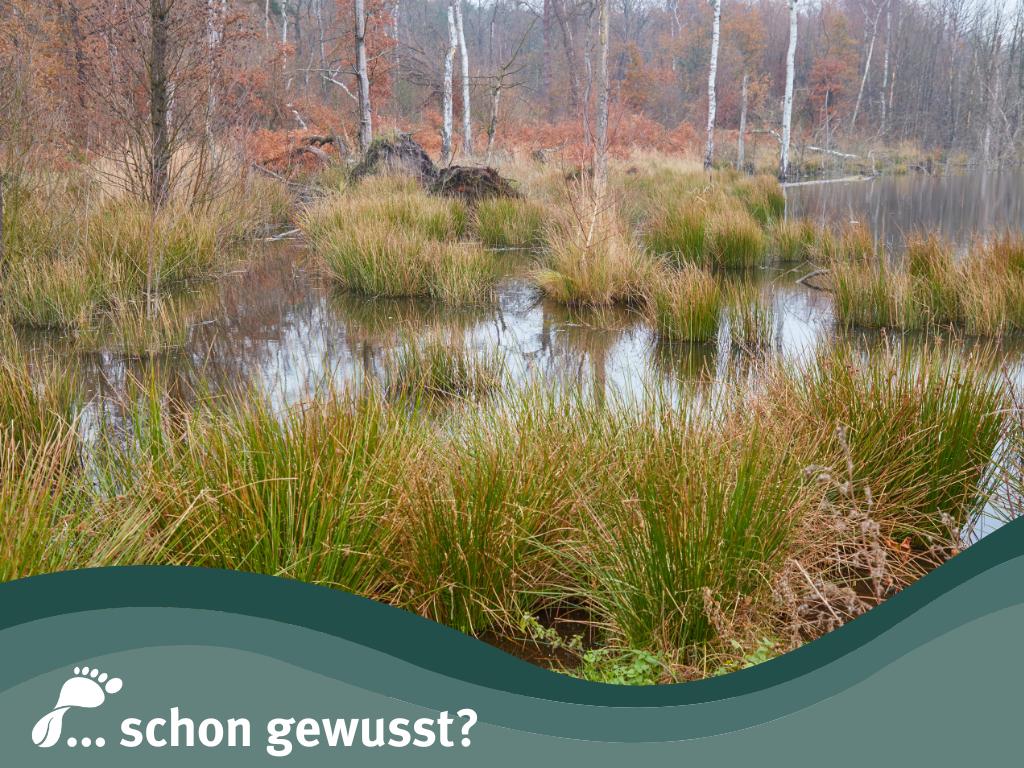Moors store carbon - sounds sensational

Conversely, however, they release it again when they are drained and are then responsible for more emissions than global air traffic.
Although they only cover three percent of the world's land area, peatlands store around 600 billion tons of carbon, around twice as much as the total biomass of all the world's forests.
Healthy peatlands are currently being lost worldwide ten times faster than they are growing due to deforestation and drainage.
In Austria, for example, only 10% of the moors have been preserved.
To give this problem a face, the Mooratlas has been around for several years. The German version was published by the Heinrich Böll Institute on Tuesday.
The Mire Atlas Austria was compiled by Global 2000 in cooperation with the Austrian Nature Conservation Association and can be pre-ordered here.
Why are bogs disappearing?
Moorland has been systematically drained for centuries.
For what? On the one hand for peat extraction (therefore - NO peat in the garden!!), for settlements, farmland and forestry.
Up to 300,000 hectares of moorland used to exist in Austria's primeval landscape, explains Harald Zechmeister, who teaches and researches at the Department of Botany and Biodiversity Research at the University of Vienna. At best, ten percent of this is still preserved.
"And what is actually even more dramatic: of these ten percent, only very few percent are actually hydrologically intact."
What does hydraulically intact mean? Sounds like WET - that's right.
Water keeps the oxygen away and thus prevents the decomposition process in the bog. This is how peat can develop.
If the water is now removed from the moor, the decomposition process begins and the bound carbon is released in the form of CO2.
What could a solution look like?
The keyword is rewetting - a form of renaturation.
Protect intact moors, restore drained moors and rewet agricultural land: Zechmeister is convinced that moorland protection should be a three-step process.
The Austrian Moorland Strategy 2030+ states that the federal states and the federal government will support the conservation of near-natural moors and the restoration of damaged moors. Implementation is the responsibility of the federal states.
Best-practice examples of peatland renaturation (the moor in Heidenreichstein in Lower Austria, the fen meadows in Vorarlberg and the Saumoos in St. Michael in Lungau) prove that it works.
"There are good examples that show It works. You just have to want it to happen and find the right funding for it," says expert Harald Zechmeister.
pro.earth conclusion:
As in so many things. 💚






